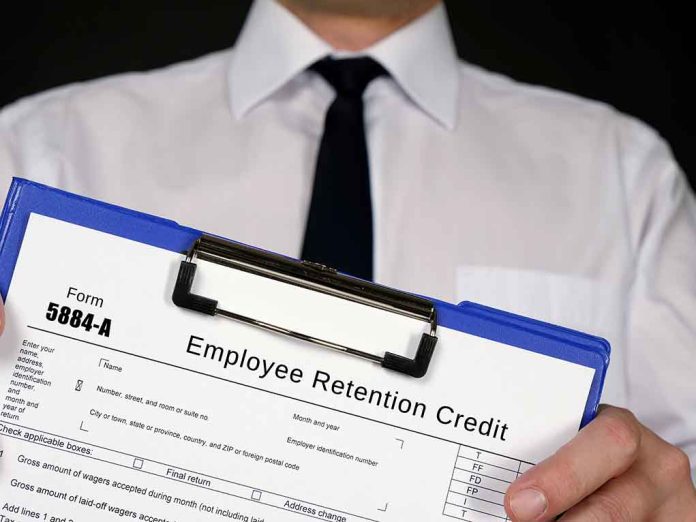
(DailyVibe.com) – The pandemic caused major problems for everyone, individually and as a community. Businesses struggled to stay open and to retain staff. The government stepped in, offering the Employee Retention Tax Credit, which allows employers to maintain their employees by offering a financial incentive to keep them.
The Employee Retention Tax Credit covers two parts: one is a 2020 program and the other is from 2021. The 202 version covered up to half of eligible wages employees earned between March 12, 2020 and January 1, 2021. It increased to 79 percent of an employee’s earnings, capping at $26,000 per employee.
The early pandemic was a tough time for most small business owners. You likely had to make hard choices, and that included whether to keep employees on when the world was slowing down and shutting down.
The government rewards those businesses who retained their employees during the chaos with the Employee Retention Tax Credit. Read on to see if your business may qualify, and how you can get the tax credit for 2020 and 2021 even if you’ve already filed your taxes.
Which Wages Are Eligible Under the Employee Retention Tax Credit?
Eligible wages include rates paid when the employer had to either cease operations per a government order or when their profits for the quarter were lower than typical. For 2020, this refers to periods when overall receipts were under half of what they were during the matching quarter of 2019. For 2021, it meant the same, but at 20 percent.
Is Your Business Eligible for the Employee Retention Tax Credit?
Employers have to meet several qualifications to be eligible for this credit. There are three major qualifications:
1: A government order forced you to halt your business operations
In 2020 and 2021, the government imposed shutdowns on many types of businesses due to the pandemic. 2021 had more sporadic quarantines, but they were still happening. If this applies to your business, you may be eligible for the tax credit.
2. You had to partially stop business operations due to other government mandates
The government orders varied, and other mandates might have allowed you to operate some parts of your business, but not others. For example, a restaurant might have been able to continue a delivery service, but would be required to stop serving customers in the restaurant. If you experienced this kind of partial halt during your pandemic, you could still qualify.
3. Your business lost money, and you have receipts
Even if your business kept going, it’s likely that you saw a decline in business and revenue due to the pandemic. If you saw this kind of decrease in profits compared to your 2019 earnings, you could still qualify.
The Employee Retention Tax Credit in 2022
The IRS is not providing the Employee Retention Tax Credit in 2022, as most businesses have adapted or recovered. However, if you haven’t filed for 2021 or 2020, or if you filed but did not include the Employee Retention Tax Credit, you can amend your tax returns from previous years to request a refund from the IRS.
To do this, check out your prior years’ returns and ensure you requested the full tax credit for drops in profits, shutdowns, and maintaining a workforce while the pandemic ensured your business suffered financially.
Understanding what tax credits you qualify for can be challenging, but this tax credit can help your business rebuild substantially. Make sure you contact your tax professional immediately if you require an amendment to your previous years’ taxes to ensure you receive the Employee Retention Tax Credit. If you did the right thing and retained employees when the world was falling apart, it’s your time to collect for doing what was right.
Copyright 2023, DailyVibe.com
















